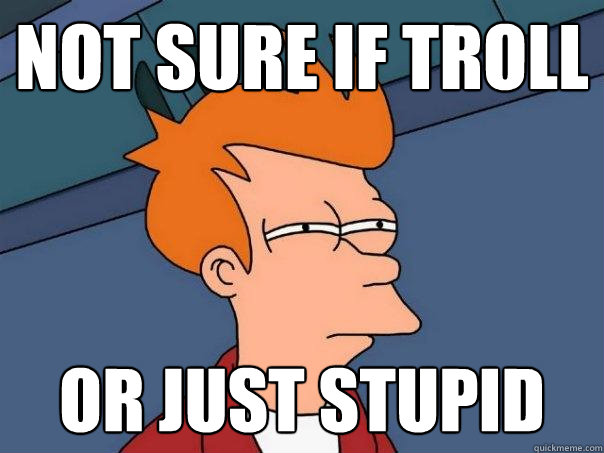In the 1950s, Friedman and Anna Schwartz began compiling historical data on monetary variables without any particular agenda or intention of overturning the dominant explanation of the Great Depression. But it became obvious that the data were at odds with the standard Keynesian explanation. So in their 1963 book, A Monetary History of the United States, 1867–1960, they presented the empirical evidence that led them to a completely different explanation.
As a result of examining more closely the key years between 1929 and 1933, Friedman and Schwartz first concluded that the Great Depression was not the necessary and direct result of the stock-market crash of October 1929, which they attribute to a speculative investment bubble. (The popping of the “bubble” may have been instigated by the Federal Reserve’s raising of the discount rate—the interest rate the Fed charges on loans to commercial banks—in August 1929. The cause of the speculative bubble that led to the crash is a somewhat controversial topic. Whereas Friedman and Schwartz accepted that the bubble was caused by investors, seemingly endorsing—at least partly—the Keynesian “animal spirits” explanation, Austrian economists have argued otherwise.) In fact, they believed that the economy could have recovered rather rapidly if only the Fed—the central bank of the United States —had not engaged in a series of disastrous policies in the aftermath of the crash.
The Fed had only been in existence for 15 years at the time of the crash, having opened its doors in 1914. The United States had two central banks before the Fed (the Bank of United States, 1792–1812; and the Second Bank of the United States, 1816–1836), but had been without a central bank of any sort for over 75 years until the creation of the Fed. It was created primarily to act as a “lender of last resort” from which private banks could borrow money in times of crisis. The need for a lender of last resort in the U.S. banking system was due to a systemic weakness caused unintentionally by state and federal banking regulations. (Canada, with a freer banking system, had no such systemic weakness and no need for a lender of last resort.) Weak banks are subject to crisis when their depositors are no longer confident that their bank holds sufficient reserves to satisfy all withdrawal demands at a certain time. This can trigger a “bank run,” where depositors attempt to get to the bank before the other depositors in order to withdraw their money before the bank’s limited reserves run out. A run on a bank can easily generate other bank runs as depositors become worried about the financial health of their own similarly weak banks.
The problem with bank runs is that when depositors withdraw money and stuff it under their mattresses rather than trust it to other banks, the money supply shrinks. To understand this phenomenon, we have to explain how we measure the money supply. The simplest measures include not only currency but also checking deposits, since they are commonly used to make payments. What complicates things is that fractional-reserve banking leads to a multiple expansion of deposits. When someone puts money in a bank his checking account reflects the deposit, but the bank does not keep all the money on hand—it’s not a warehouse. Instead, it keeps only a fraction as “reserves” and lends the rest to a borrower, who in turn buys goods or services. The seller then deposits her new income in a bank, where she gets a checking account. The money supply increases by the amount of the new deposit. This process will continue, though in ever-decreasing amounts since banks have to keep some part of the new deposits as reserves. Yet each cycle will increase the money supply by increasing the overall amount of deposits held at banks.
This process works in reverse too. When banks lose reserves due to bank runs, the economy experiences a multiple contraction of deposits. The deposits that are removed from the economy greatly exceed the additional currency that the public now holds, so the money supply decreases.
The stock-market crash of October 1929 made it more difficult for many businesses to repay their loans to the banks, and many banks found their balance sheets impaired as a result. But the most important cause of the bank runs that began in October 1930 was bad times in the farm belt, where the banks were especially weak and poorly diversified. The number of bank runs increased exponentially in December 1930—in that single month 352 banks failed. Most of the failing banks were in the Midwest , their failures caused by farmers who defaulted on their loans because they were hit hard by the economic downturn. No sooner did the first wave of bank runs subside than another got underway in the spring of 1931, creating what Friedman and Schwartz described as a “contagion of fear” among bank depositors. Bank crises continued to come in waves until the spring of 1933.





